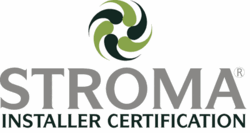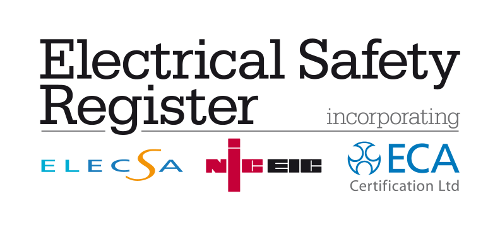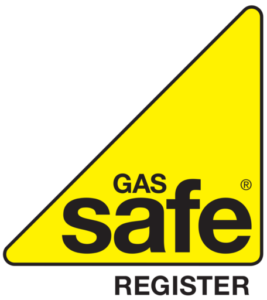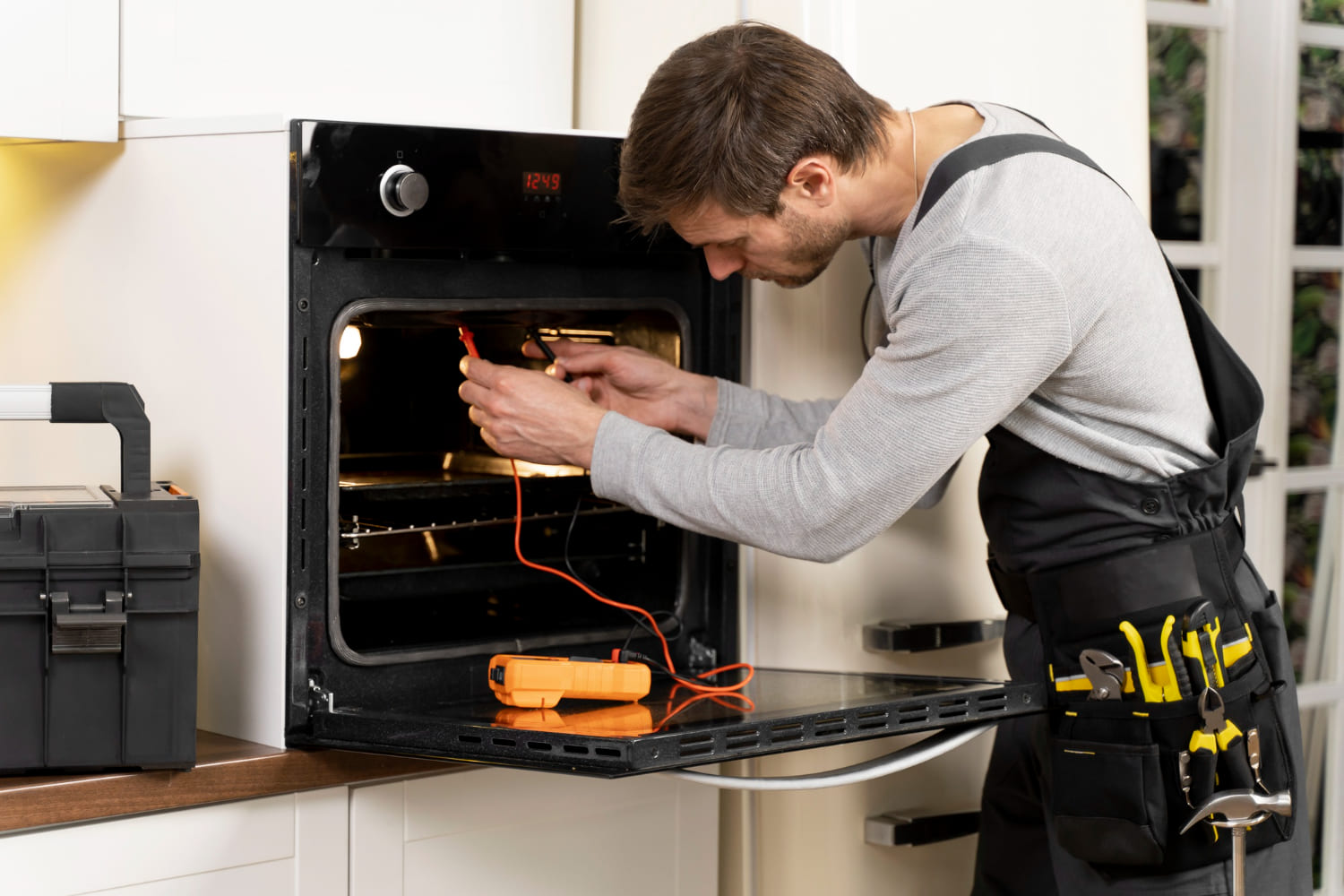HMO Fire Safety: A Landlord's Guide to Compliance in London
Navigating the complexities of fire safety in Houses in Multiple Occupation (HMOs) in London can be daunting for landlords. Strict regulations are in place to protect tenants, and non-compliance can result in hefty fines and even legal action. This guide provides an overview of HMO fire safety regulations in London, focusing on legal aspects, compliance requirements, and key processes to ensure your property is safe and meets legal standards. Ultimately, understanding and adhering to these regulations is crucial for the safety of your tenants and the success of your investment. Landlords must prioritize regular assessments and maintenance to mitigate fire risks effectively.
The cornerstone of HMO fire safety is a comprehensive Fire Risk Assessment. This assessment identifies potential fire hazards, evaluates the risks, and outlines the necessary control measures. It’s not a one-time task; it needs to be reviewed regularly, especially after any changes to the property or its usage. Key areas assessed include escape routes, fire detection systems (smoke alarms and heat detectors), fire-fighting equipment (fire extinguishers and fire blankets), and the fire resistance of structural elements. LandlordsChecks.co.uk offers comprehensive HMO services to ensure your property meets all legal requirements.
London’s regulations demand specific measures based on the size and layout of your HMO fire safety . For instance, interconnected smoke alarms are often mandatory throughout the property, ensuring that all occupants are alerted quickly in case of a fire. Escape routes must be clearly marked, unobstructed, and adequately protected to allow safe evacuation. Fire doors are crucial for containing fires and preventing them from spreading rapidly, and they must be properly fitted and maintained. Regular testing and maintenance of fire safety equipment are also essential, with records kept to demonstrate compliance. Understanding these requirements and implementing them effectively is crucial for maintaining a safe living environment for your tenants. The validity of your fire risk assessment typically lasts for one year, but it should be reviewed more frequently if there are any significant changes to the property or its use
Compliance with HMO fire safety regulations is an ongoing process. It involves regular inspections, maintenance, and updates to your fire risk assessment. Keeping detailed records of all fire safety-related activities is crucial for demonstrating compliance to local authorities. Regular fire drills can also help ensure that tenants know what to do in case of a fire. By staying informed and proactive, landlords can minimize fire risks, protect their tenants, and avoid costly penalties. Landlords should conduct regular self-assessments and stay informed about any changes to regulations to ensure ongoing compliance. Prioritizing fire safety in your HMO not only meets legal obligations but also demonstrates a commitment to the well-being of your tenants.

Talk To Us!
Have Questions? Call Us Today for Expert Advice & Instant Assistance.
020 8609 7777
Booking assistance & Support

Fire Risk Assessment

Gas Safety Certificate
Gas Safety Certificate – Domestic – Meter & Upto 2 appliances
£57.99 Book NowGas Safety Certificate – Domestic – Meter & Upto 4 appliances
£77.99 Book NowCarbon Monoxide Alarm
£80 Book NowGas Safety Certificate – Domestic – “Discounted Offer” Boiler Service + Gas Certificate & 2 appliances
£89.99 Book NowGas Safety Certificate – Commercial – 1 appliance
£199 Book NowGas Safety Certificate – Commercial – 2 appliances
£245 Book NowGas Safety Certificate – Commercial – Boiler Service
£280 Book Now

Electric Safety
Studio Appartments Electrical Safety Certificate (EICR)
£65 Book NowPAT Testing Up To 10 Items
£58 Book NowDomestic Electrical Safety Certificate EICR 1 – 3 Bedroom – 1 Consumer Unit Up to 12 Circuits
£99 Book NowDomestic Electrical Safety Certificate EICR 4 Bedrooms – 1 Consumer Unit Up to 12 Circuits
£120 Book NowCommercial Electrical Certificate (EICR) – 1 Consumer Unit Up to 12 Circuits
£149 Book NowDomestic Electrical Safety Certificate EICR 5 Bedrooms – 1 Consumer Unit Up to 12 Circuits
£150 Book NowDomestic Electrical Safety Certificate EICR 6 Bedrooms – 1 Consumer Unit Up to 12 Circuits
£158.33 Book NowFuse Box Installation
£415.83 Book Now

Energy Performance

Inventory Services

Asbestos Surveys

Electric-Gas Appliances & Hob Installations

Talk To Us!
Get in touch if you're uncertain or need assistance ?
020 8609 7777
Talk to a Friendly Advisor
Accreditations







Help & Advice
-
Understanding PEEPs in Residential Settings What Landlords and Housing Providers Must Know
In the wake of the Grenfell Tower tragedy, the UK government has introduced stricter fire safety responsibilities for those managing residential buildings. One of the most significant changes is the
-
EPC 2025 Rule Changes – What UK Landlords Must Know
In the push toward a greener and more energy-efficient Britain, the UK Government has proposed major changes to Energy Performance Certificate (EPC) rules that will significantly impact landlords. From 2025,
-
Commercial Gas Safety Certificate London Expert Guide for Business Properties
For commercial property owners and landlords in London, obtaining a valid commercial gas safety certificate is both a legal obligation and a critical safety measure. Unlike domestic properties, commercial premises often have
-
Gas and Electric Safety Checks A Landlord’s Legal Guide.
As a London landlord, maintaining proper gas and electric safety checks is not optional—it's a legal requirement that protects your tenants and your property investment. Under UK law, you must
-
Portable Appliance Testing Certificate for Rental Properties
A Portable Appliance Testing (PAT) certificate is a document that confirms electrical appliances in a rental property have been tested for safety. While not a legal requirement for private landlords
-
 Understanding PEEPs in Residential Settings What Landlords and Housing Providers Must Know
Understanding PEEPs in Residential Settings What Landlords and Housing Providers Must Know
-
 EPC 2025 Rule Changes – What UK Landlords Must Know
EPC 2025 Rule Changes – What UK Landlords Must Know
-
 Commercial Gas Safety Certificate London Expert Guide for Business Properties
Commercial Gas Safety Certificate London Expert Guide for Business Properties
-
 Gas and Electric Safety Checks A Landlord’s Legal Guide.
Gas and Electric Safety Checks A Landlord’s Legal Guide.
-
 Portable Appliance Testing Certificate for Rental Properties
Portable Appliance Testing Certificate for Rental Properties




